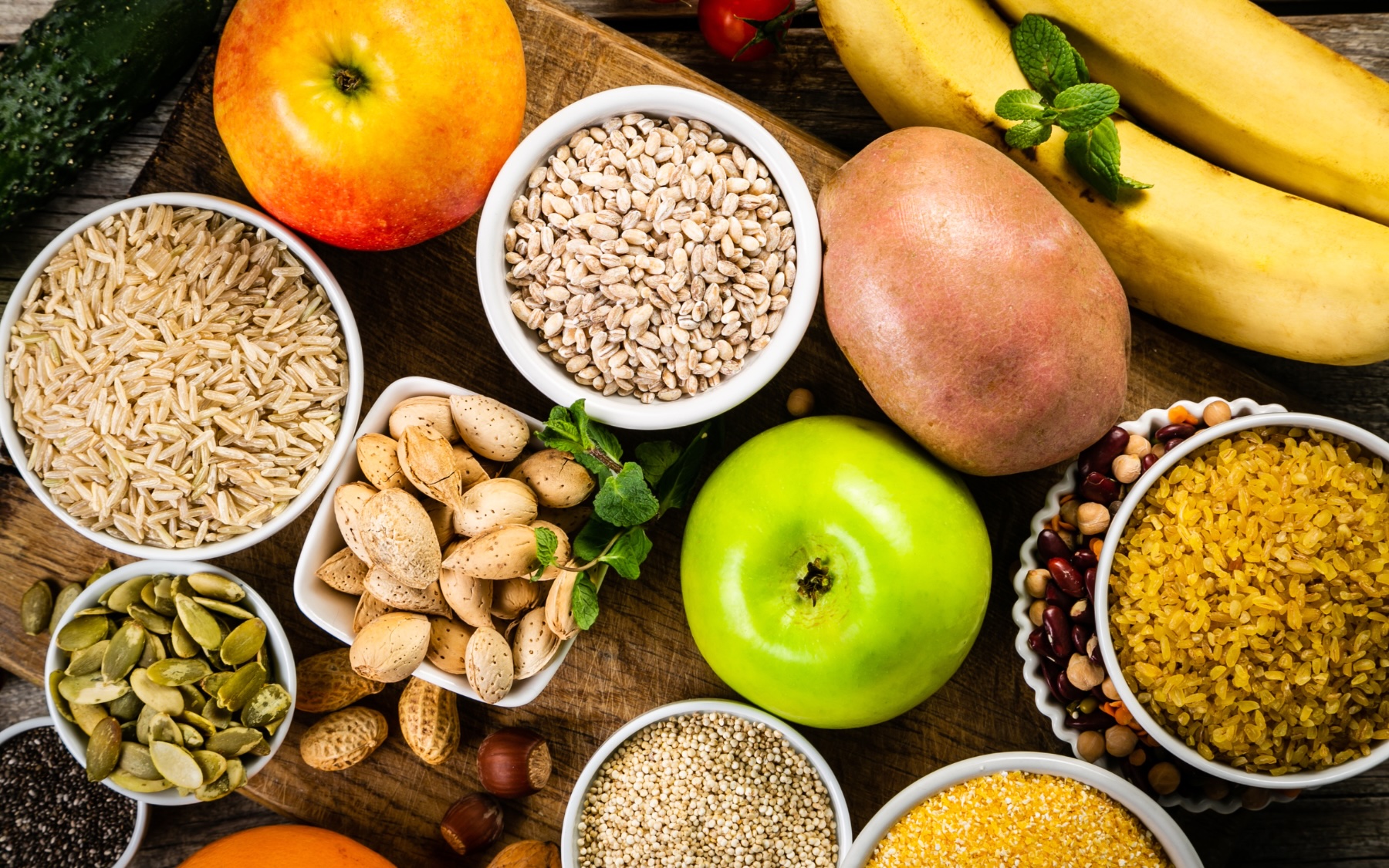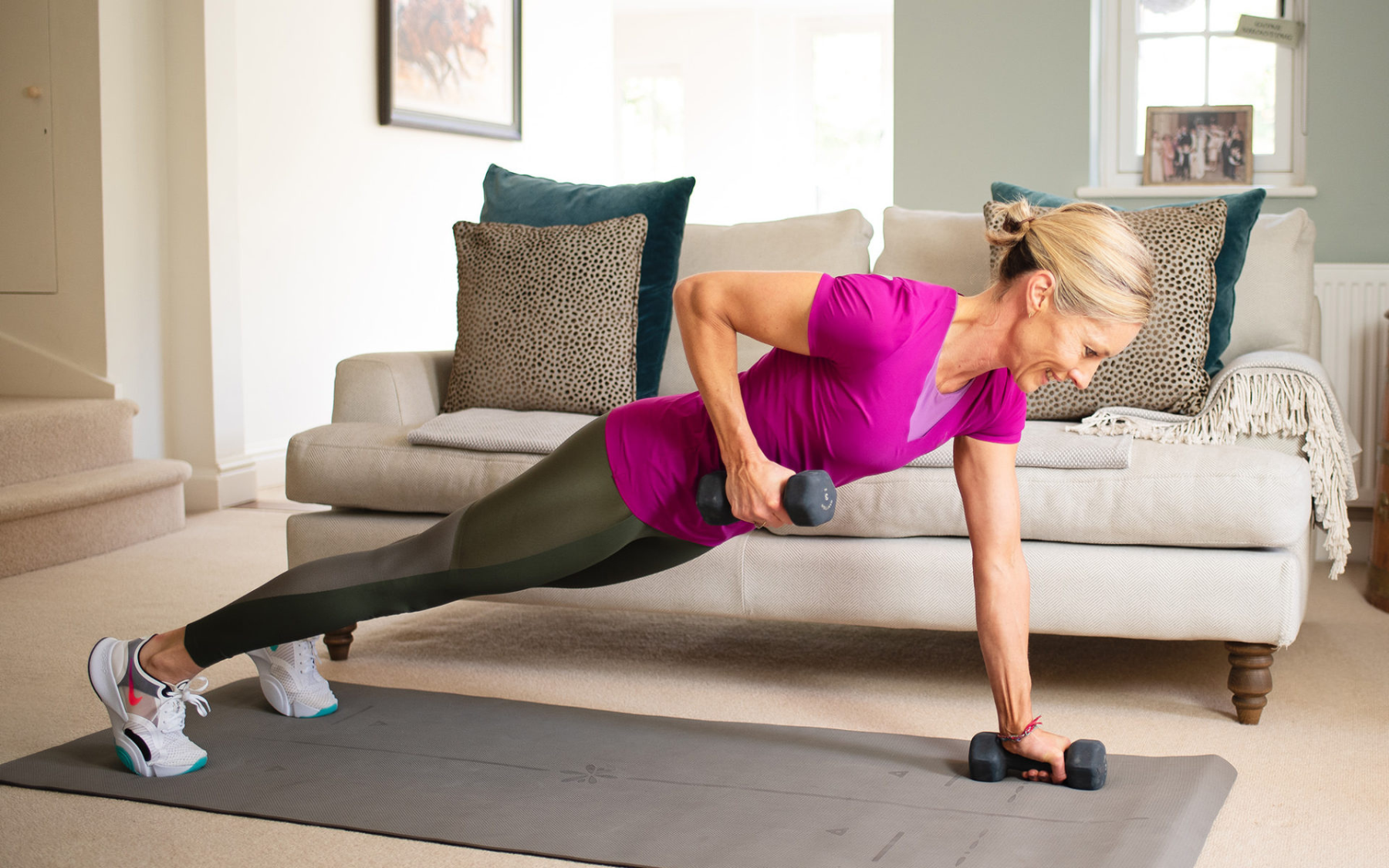Stretching is essential for maintaining flexibility, reducing muscle tightness, and preventing injury, especially after an intense workout. The leg muscles, in particular, endure a lot of stress from activities like running, walking, squatting, and even sitting for prolonged periods. Incorporating leg stretches into your routine can help relieve tension, increase your range of motion, and improve overall mobility.
There are two main types of stretches – dynamic and static stretches are two different types of stretching exercises, each with its own purpose and benefits. Here’s a breakdown of the key differences between them:
Dynamic Stretching
Dynamic stretching involves moving parts of your body through a full range of motion in a controlled, repetitive manner. These movements are typically active and can mimic the exercises or activities you’re about to perform.
- Purpose: Primarily used as part of a warm-up routine before physical activity to increase blood flow, muscle temperature, and flexibility.
- Examples: Leg swings, arm circles, walking lunges, high knees, butt kicks, hip rotations.
- Benefits:
- Prepares muscles and joints for activity.
- Improves range of motion.
- Enhances coordination and balance.
- Boosts circulation and heart rate, which helps reduce the risk of injury.
Static Stretching
Static stretching involves holding a single position for an extended period, usually 15-60 seconds, without any movement. It targets a specific muscle group by elongating and holding the muscle in a stretched position.
- Purpose: Commonly done after exercise to help muscles cool down, reduce stiffness, and improve flexibility.
- Examples: Hamstring stretch (touching toes while seated), quad stretch (standing and pulling one foot behind), calf stretch, shoulder stretch.
- Benefits:
- Helps improve overall flexibility.
- Can promote muscle relaxation and recovery.
- Reduces muscle tension.
- May help prevent post-exercise soreness (though this is debated).
Key Differences:
| Feature | Dynamic Stretching | Static Stretching |
| When to Use | Before exercise (warm-up) | After exercise (cool-down) |
| Type of Movement | Active, moving stretches | Stationary, held stretches |
| Goal | Warm-up muscles, increase mobility | Improve flexibility, relax muscles |
| Duration of Hold | No hold, continuous movement | Held for 15-60 seconds |
| Effect on Performance | Boosts performance by preparing muscles | Can temporarily reduce power if done before exercise |
The key:
Before Exercise: Use dynamic stretches to activate your muscles, improve range of motion, and get your body ready for movement. Ideally 5-10 minutes.
After Exercise: Use static stretches to relax muscles, enhance flexibility, and help with recovery.
Here’s a breakdown of the best stretches for the major leg muscles, along with instructions to help you perform them correctly.
Standing quad stretch
The quadriceps (quads) are the large muscles on the front of your thighs that are involved in knee extension and hip flexion. A good quad stretch can help alleviate tension in this area, especially if you’ve done exercises like squats or lunges.
How to perform:
- Stand with your feet hip-width apart.
- Bend one knee, bringing your heel towards your glutes.
- Hold your ankle with the same-side hand while keeping your knees together.
- Pull gently on your ankle to feel the stretch in the front of your thigh.
- Hold for 20-30 seconds, then switch legs.
Seated hamstring stretch
Your hamstrings, located at the back of your thighs, are crucial for bending the knee and extending the hip. Tight hamstrings can lead to lower back pain, so it’s important to stretch them regularly.
How to perform:
- Sit on the floor with both legs extended in front of you.
- Flex your feet and keep your back straight.
- Slowly reach toward your toes, hinging at your hips, while keeping your knees slightly bent if necessary.
- Hold the stretch for 20-30 seconds, feeling a gentle pull along the back of your legs.
Figure four stretch (Glute stretch)
The gluteal muscles (glutes) are responsible for stabilising the pelvis and extending the hips. Stretching the glutes can improve hip mobility and reduce lower back tightness.
How to perform:
- Lie on your back with your knees bent and feet flat on the floor.
- Cross one ankle over the opposite knee, forming a “figure four.”
- Grab the back of your thigh (the one that’s still on the floor) and gently pull your leg toward your chest.
- Hold for 20-30 seconds, feeling a stretch in the glute of the crossed leg.
- Switch sides.
Calf stretch
The calf muscles, located in the lower leg, help with foot and ankle movement. Tight calves can cause discomfort in the feet and even affect your gait, so regular stretching is important.
How to perform:
- Stand facing a wall, placing both hands on it for support.
- Step one foot back, keeping your heel on the ground and your knee straight.
- Bend the front knee slightly and lean forward until you feel a stretch in the calf of the back leg.
- Hold for 20-30 seconds, then switch legs.
Butterfly stretch (Inner thigh stretch)
The hip adductors, located on the inner thighs, help stabilise the pelvis and bring the legs together. Stretching these muscles is important for hip mobility and injury prevention.
How to perform:
- Sit on the floor with your knees bent and the soles of your feet touching.
- Hold your feet with your hands, and gently press your knees toward the floor using your elbows for assistance.
- Keep your back straight and feel the stretch in your inner thighs.
- Hold the position for 20-30 seconds.
Hip flexor stretch
The hip flexors, located at the front of the hips, can become tight from prolonged sitting, leading to poor posture and lower back pain. Stretching these muscles can relieve tension and improve your overall mobility.
How to perform:
- Start in a lunge position, with one knee on the ground and the other leg bent at a 90-degree angle.
- Push your hips forward gently while keeping your back straight.
- You should feel the stretch in the front of the hip and thigh of the kneeling leg.
- Hold for 20-30 seconds, then switch legs.
Lying IT band stretch
The iliotibial (IT) band runs along the outside of the thigh and can become tight due to activities like running or cycling. Stretching the IT band can help prevent knee and hip pain.
How to perform:
- Lie on your back with one leg straight and the other leg crossed over it.
- Keep your shoulders flat on the ground as you twist your lower body, bringing the crossed leg toward the floor.
- You should feel the stretch along the outside of your thigh and hip.
- Hold for 20-30 seconds, then switch sides.
Summary
Incorporating these leg stretches into your fitness routine can enhance flexibility, reduce muscle tightness, and prevent injuries. Never force a stretch—your body should feel a gentle pull, not pain. Consistent stretching, especially after workouts or long periods of sitting, can help keep your leg muscles loose and limber, supporting overall mobility and performance.
As always any questions please do get in touch.
Caroline x









